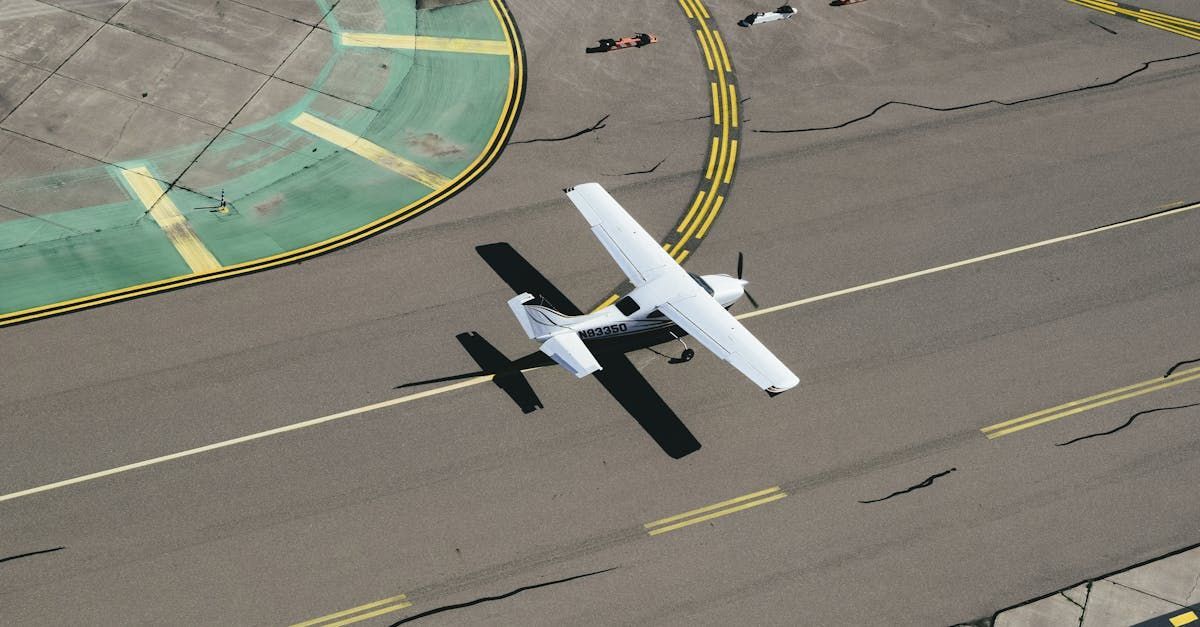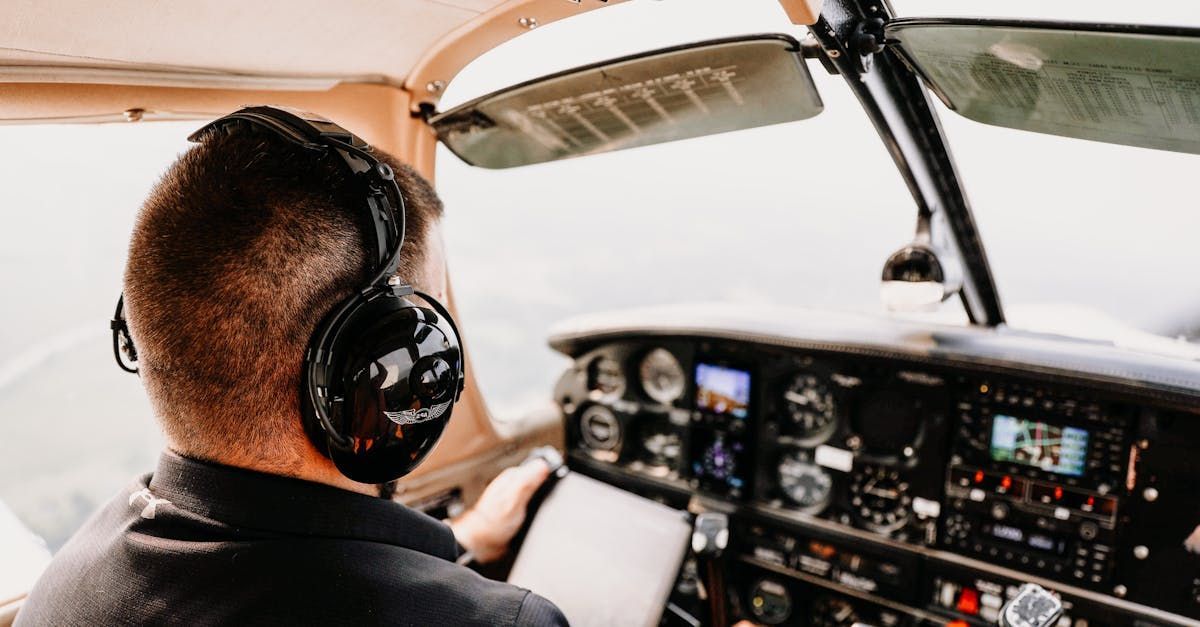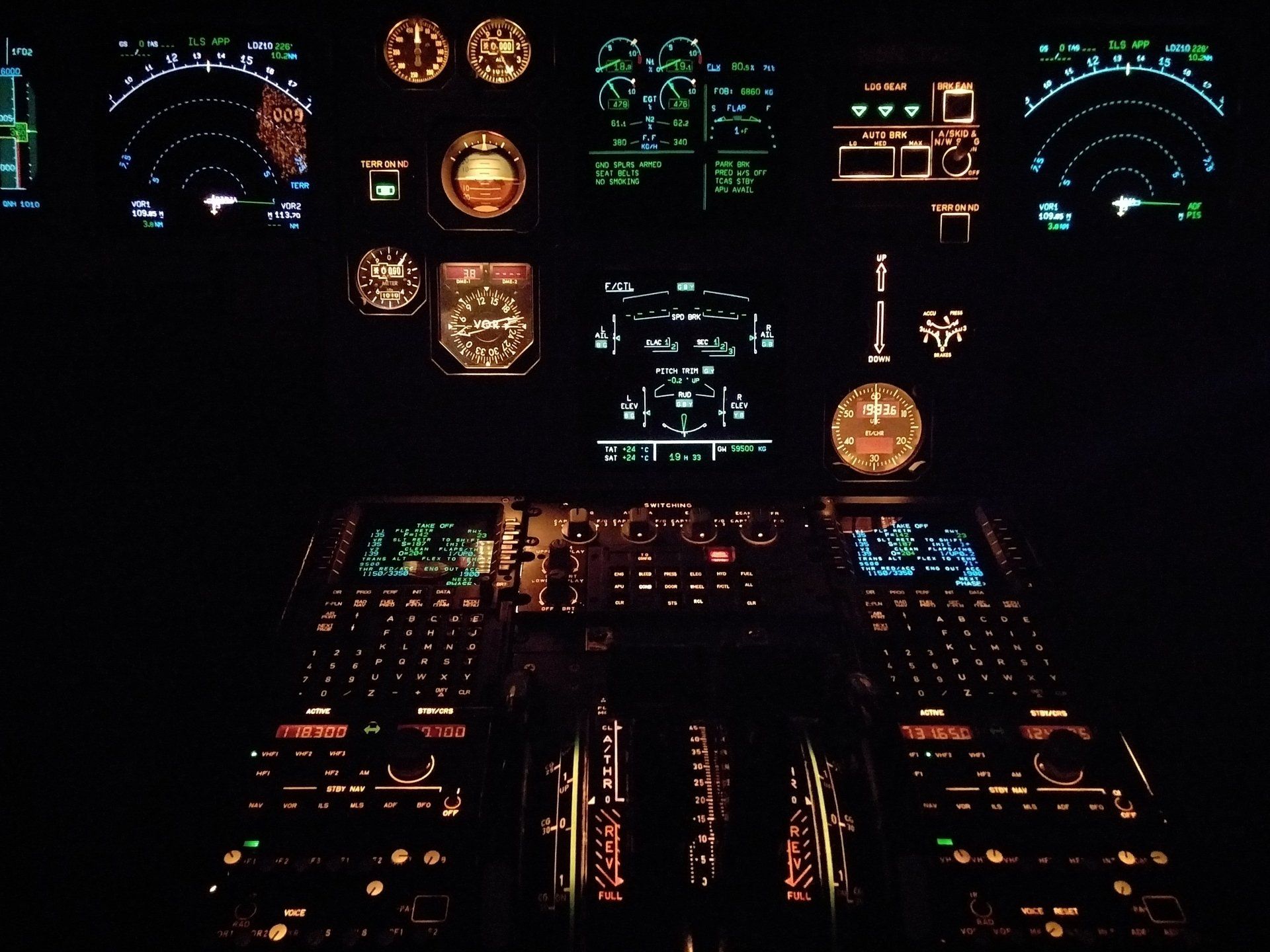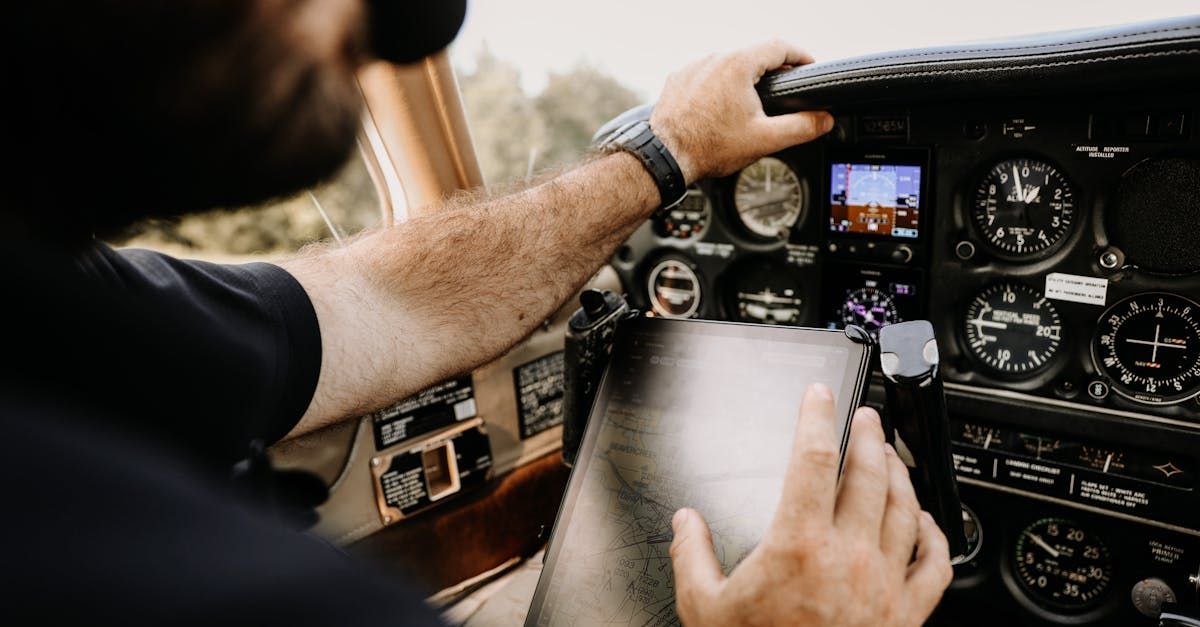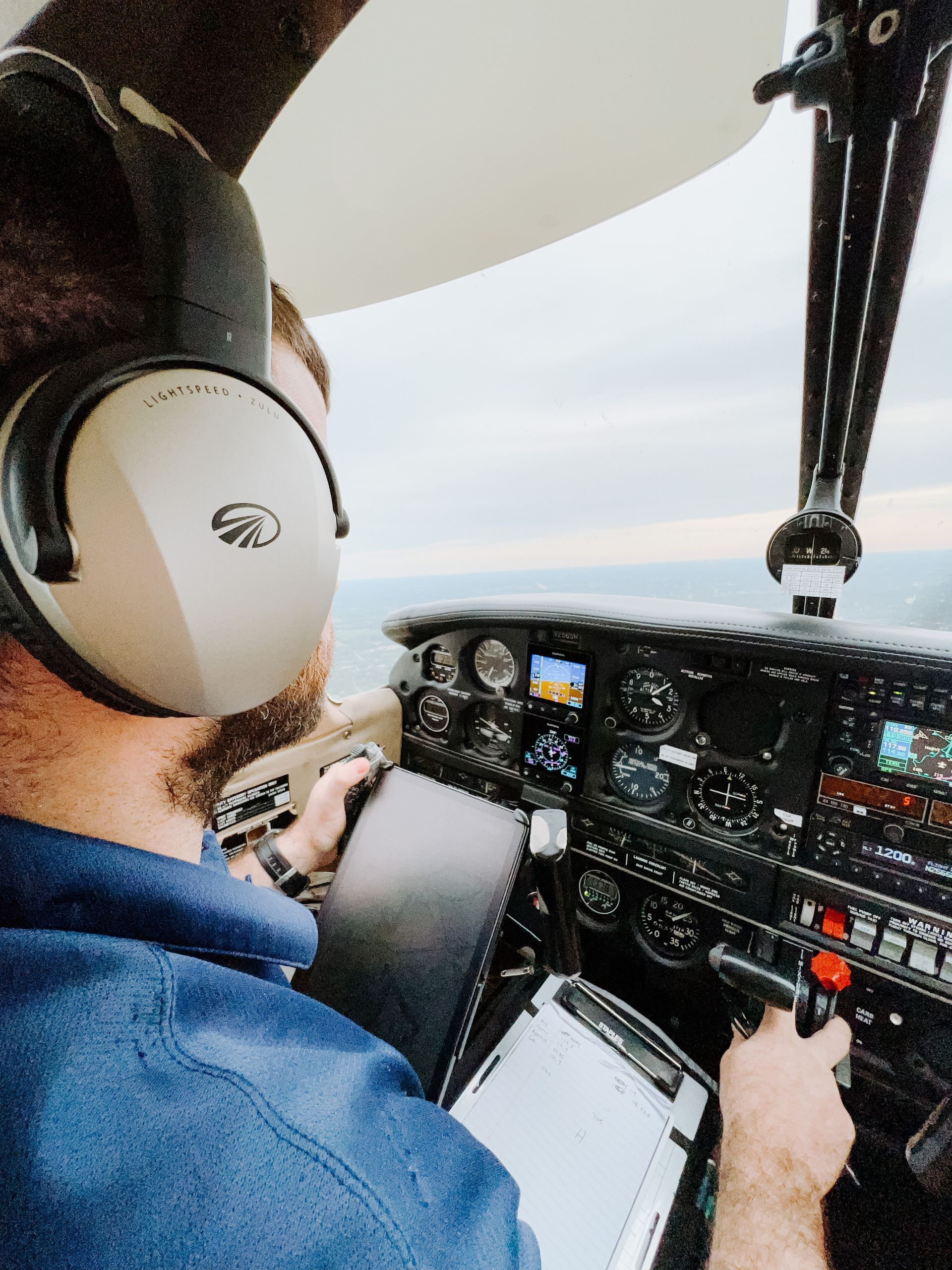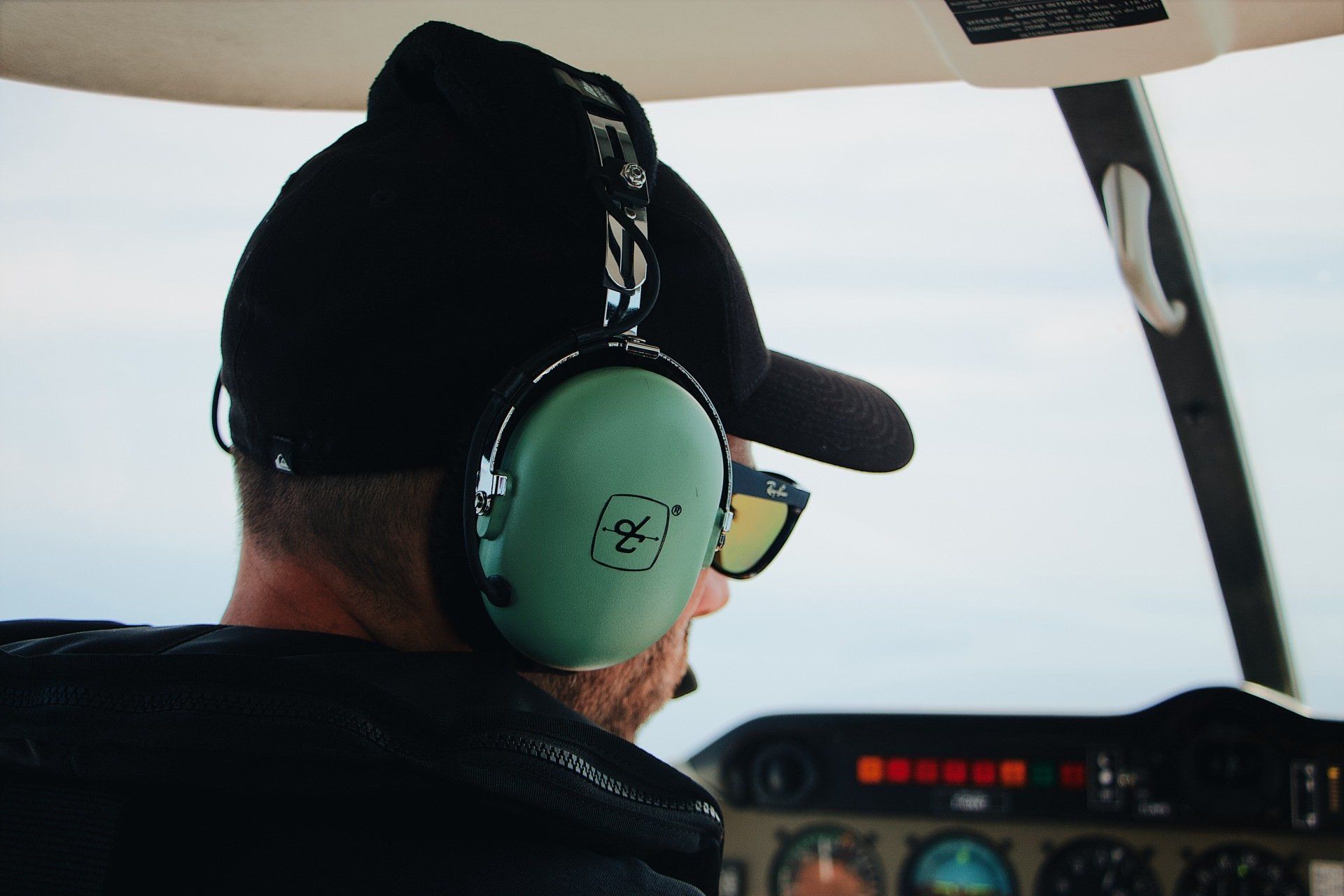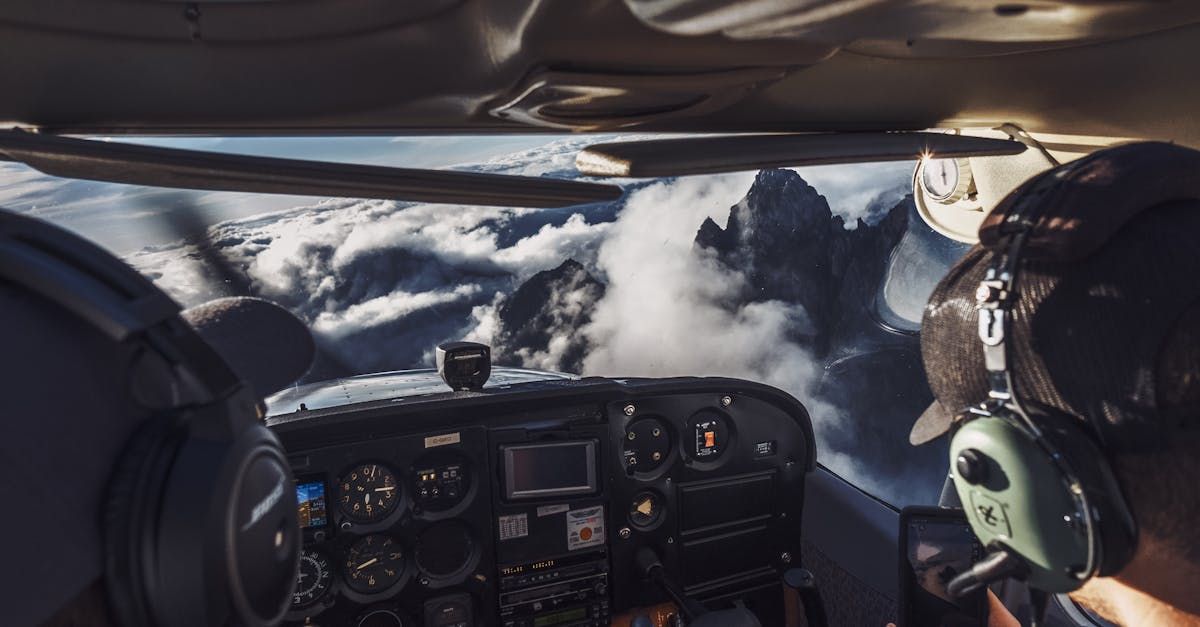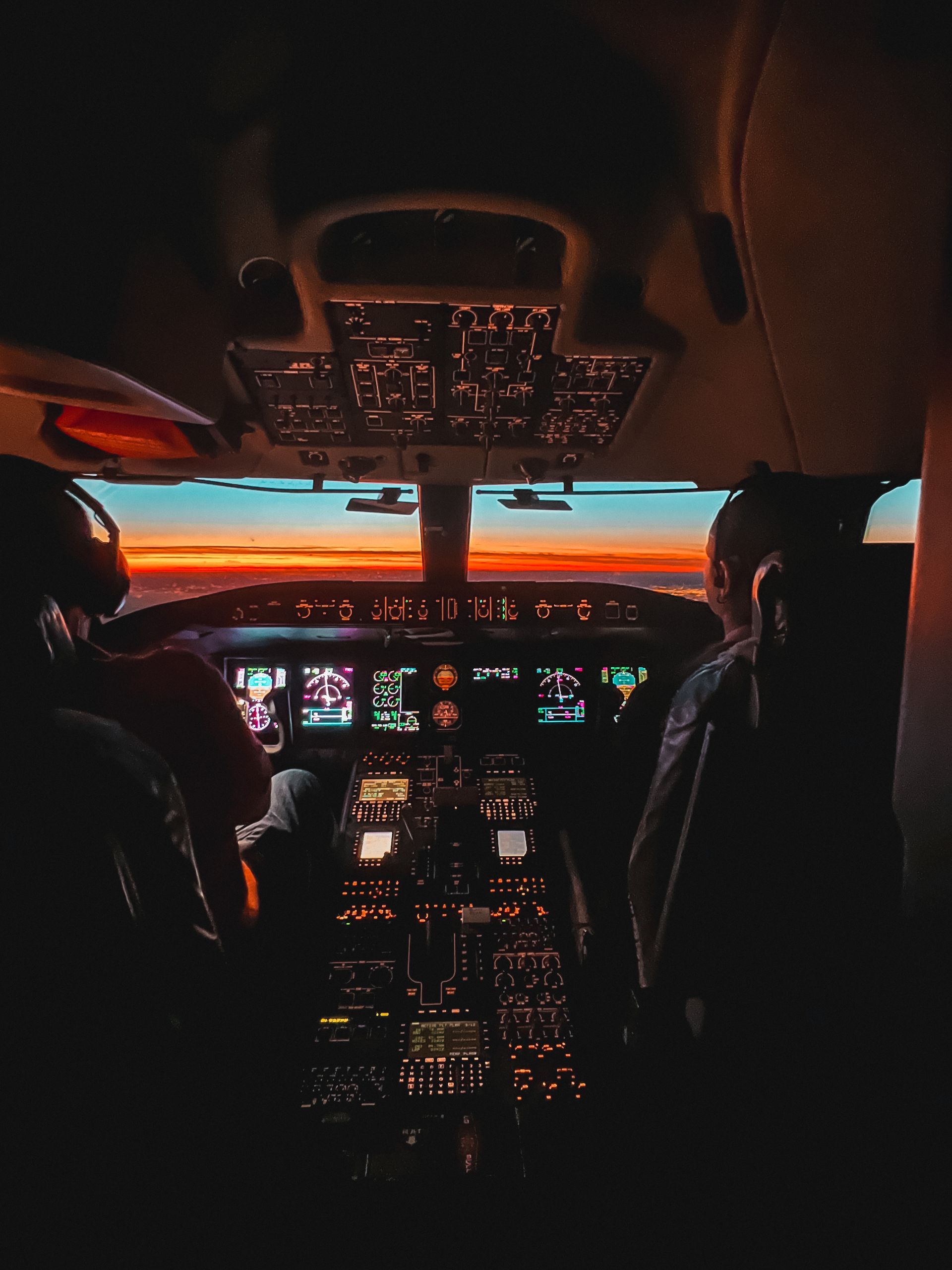How flight training works
All training is competency based
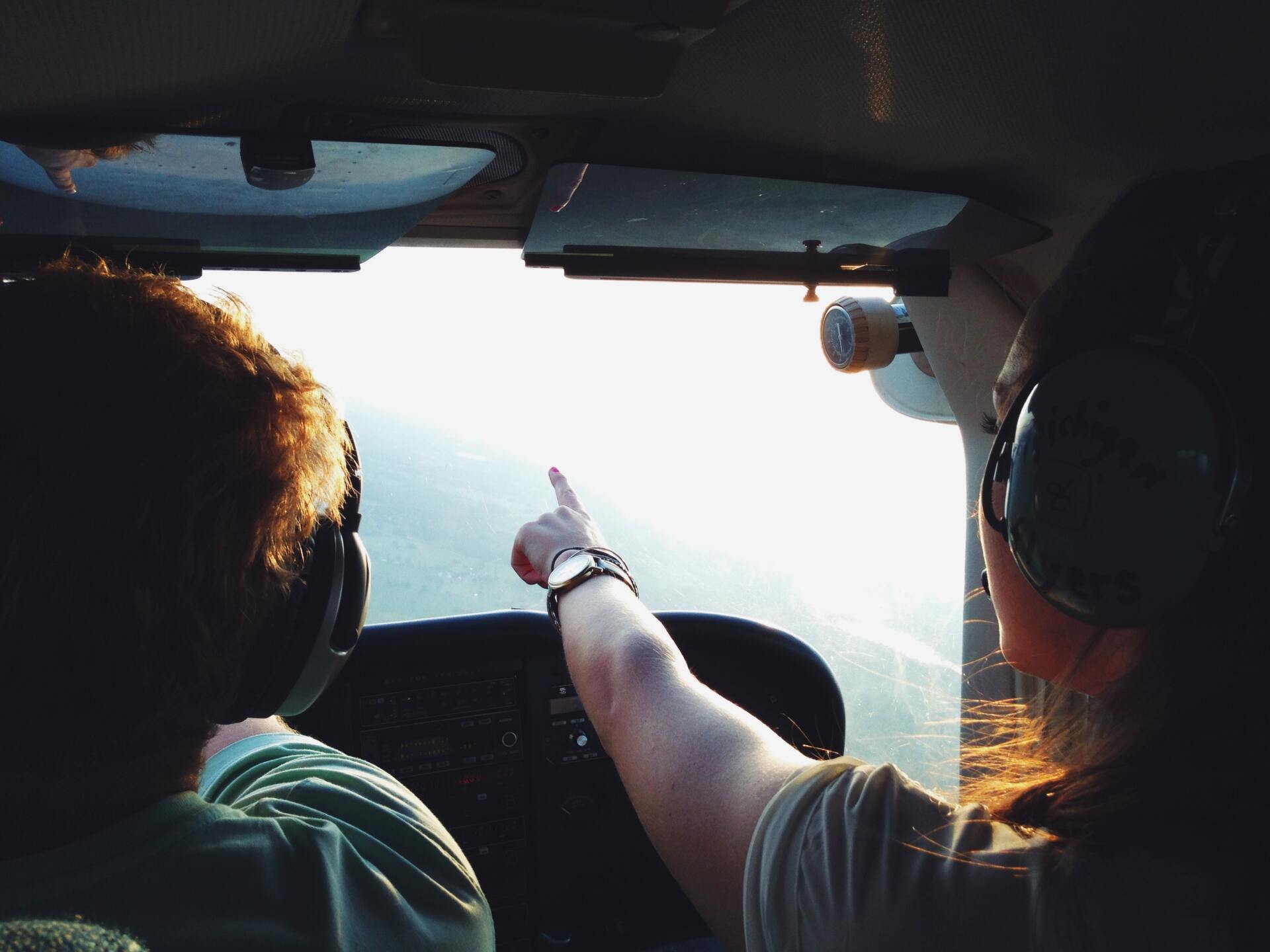
If you are entirely new to flying, it is crucial to realise that everything in aviation is competency-based. This means learning to fly may take longer for some than for others. The number of hours required to obtain a Private Pilot Licence (PPL) is 40, which includes some dual and solo training. Sometimes people need a few extra hours with an Instructor throughout their training so that they can feel confident and are competent in their new skill. This is completely normal and very common, whether you’re training for a RA or GA qualification.
RAAUs Recreational Pilot Certificate (RPC)
A Recreational Pilot Certificate allows you to fly a variety of Light Sport Aircraft, provided you have had the appropriate training and qualifications for type. The RPC is a low-cost and quick way to learn to fly. Granted, it does come with a few restrictions like limiting the maximum take off weight of the aircraft to 600kg, being allowed to carry no more than 1 passenger and being unable to enter controlled airspace. It does, however, offer an excellent opportunity to become a recreational pilot and fly some very fun, sport light aeroplanes.
CASA Recreational Pilot Licence (RPL)
A Recreational Pilot Lience is the first step to getting your Private Pilot Licence (PPL). It has similar limitations to the RPC initially however you're not limited by aircraft weight and as your training progresses, you will be able to get qualifications that allow you to fly in controlled airspace, more passengers, larger and more complex aircraft, at night and in Instrument Meteorological Conditions (IMC).
DDAC Instructor


